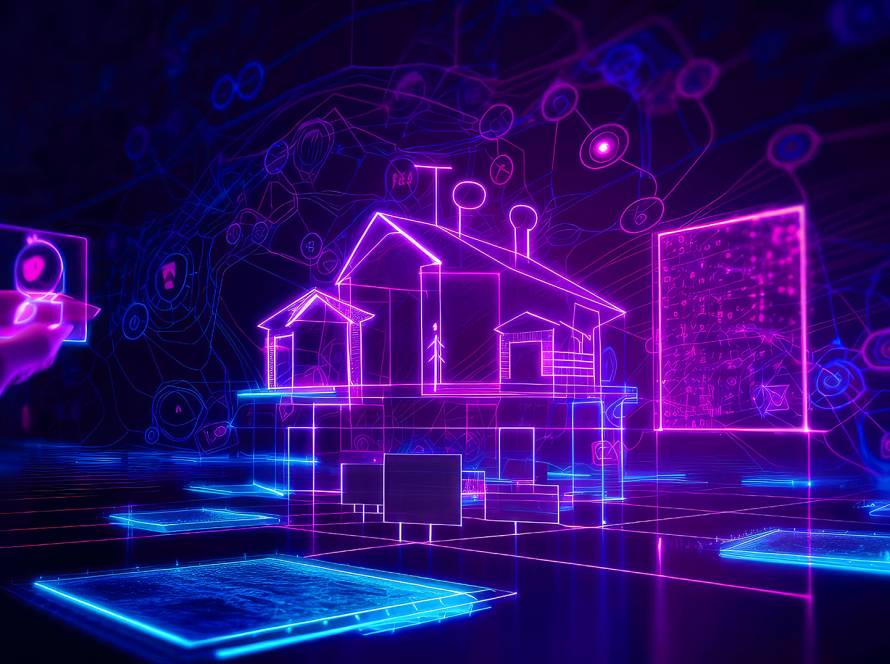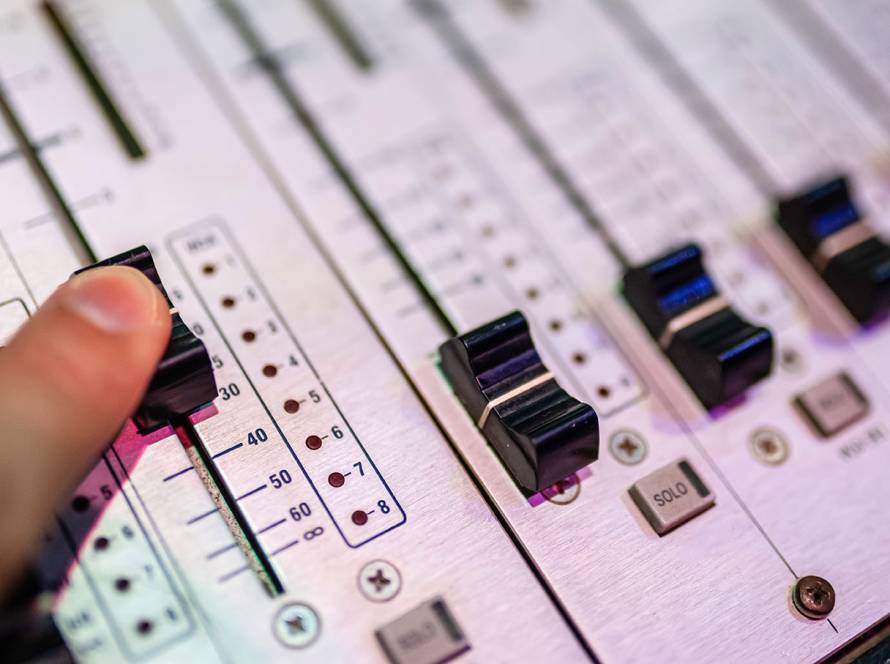A smart light here. A voice assistant there. A thermostat that almost knows your habits. Individually, they work. Together? They often feel like a group project gone wrong, out of sync, slightly chaotic, and not really the convenience you were promised.
True automation isn’t just owning smart devices. It’s getting them to think and act together.
Start With a Unified Hub
First rule of smart home club: devices need a common language. A hub acts like a translator, letting your lights, locks, cameras, and speakers communicate without friction.
The best hubs support:
- Multiple brands and platforms (because no one brand does everything)
- Voice assistants like Alexa, Google Assistant, or Siri
- Easy app-based controls for managing scenes and schedules
It’s not about buying more tech. It’s about connecting the tech you already have.
Create Scenes, Not Just Commands
Automation shines when devices behave like an orchestra, not solo acts. Instead of telling each device what to do, set up scenes:
- A “Good Morning” scene that turns on lights, adjusts the thermostat, and starts your favorite playlist
- A “Work Mode” that dims distractions, adjusts lighting, and shuts off unnecessary appliances
- A “Vacation” setting that simulates occupancy with scheduled lights and random TV activation
Scenes turn routines into rituals, effortless, seamless, automatic.
Watch for Compatibility Traps
Not all devices play nicely. Some prefer to stay in their own sandbox, refusing to sync without specific hubs, apps, or settings. Before expanding your setup, check if new devices support common standards like Matter, Zigbee, or Z-Wave.
Future-proofing now saves frustration later.
Keep the System Flexible
Automation isn’t a one-and-done deal. Life changes. Schedules shift. Guests come and go. Your system should bend and adapt with you, not against you.
Good automation setups make it easy to tweak scenes, adjust schedules, or override settings on the fly without diving into complex menus or rewiring your whole system.
Conclusion
When everything clicks, a smart home feels less like technology and more like intuition. The lights adjust before you notice it’s getting dark. The temperature shifts as the afternoon heat rolls in. The security system arms itself when you leave without a second thought.
That’s not just smart. That’s seamless.



